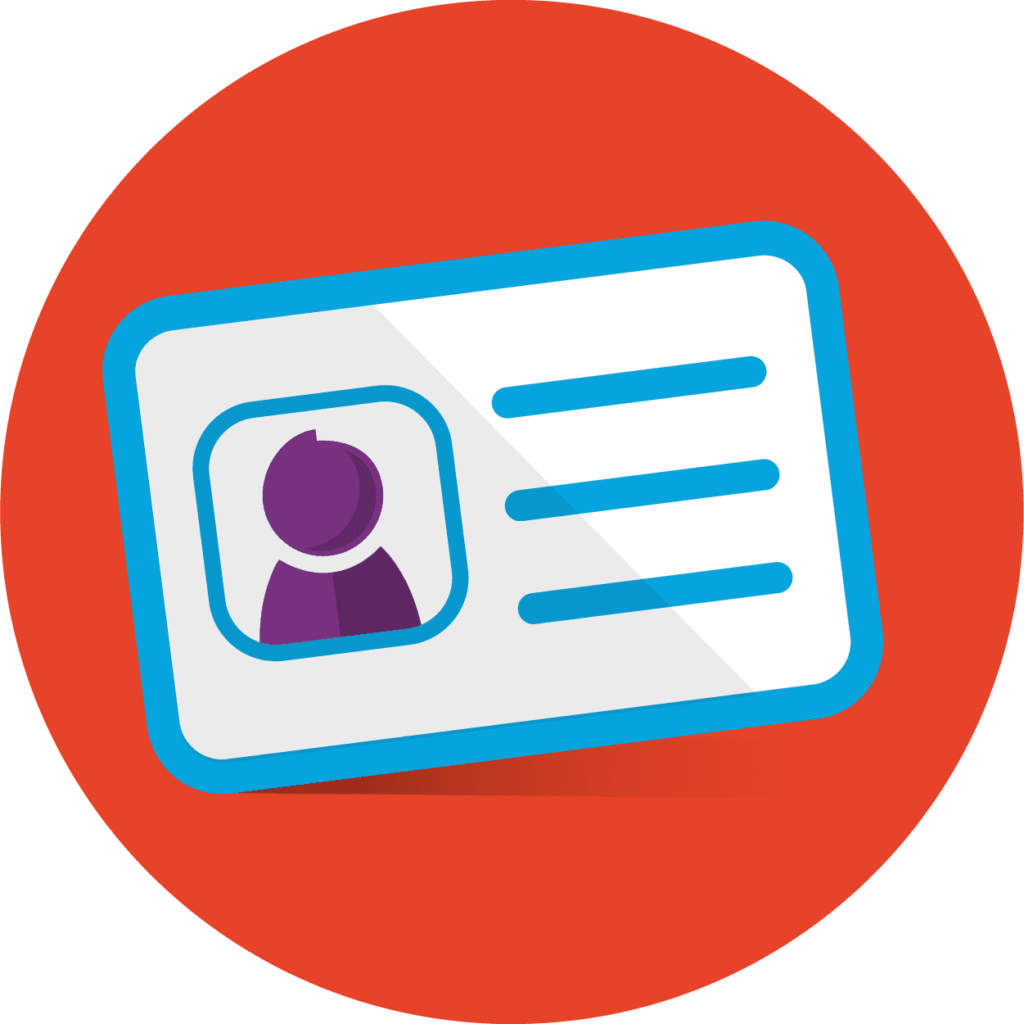It all began at the British Library one sunny day in June 2002
Moments that mattered – according to DWG CEO and Founder Paul Miller
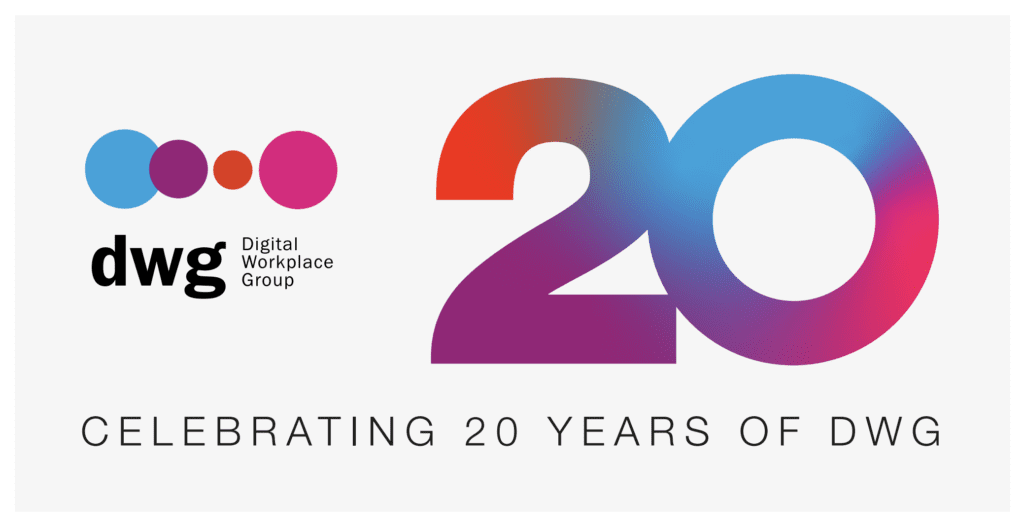
The memory is still vivid for me. At 10 am on Thursday June 20, 2002, I stood at the front of a room of intranet managers in London’s iconic British Library and welcomed them all as founder members of the newly formed Intranet Benchmarking Forum – or IBF as it became known.
A few months earlier, conversations with BUPA, Alliance & Leicester and AstraZeneca had explored this ‘IBF concept’ – which at the time existed only in my head – of forming a members-only confidential club for larger companies to come together around the topic of their intranets.
The crux of the idea was that, because intranets at the time (unlike internet sites) were hidden from view, this would enable us confidentially to see other intranets by visiting each other’s company locations and firing up their then rudimentary intranets.
Also, no one knew whether their intranet was any good. Yes, people might say nice things about it, but wouldn’t it be useful to have some external independent assessment so that the intranet manager could then tell senior leadership how their company intranet compared with those of other named organizations?
The line I kept using was ‘data and metrics in a world of opinion’ – and boy, did companies have lots of people with lots of opinions about their own intranet! So popular became the phrase that we even got T shirts produced for a conference a few years later called IBF Live, with that slogan on them.
Measurement was a way to end the debate and say ‘Well, actually, we’ve been benchmarked by the Intranet Benchmarking Forum and they said we are strong in navigation and user design but weak in search and taxonomy.’
The plan in 2002 is that we would meet, and we would measure – and that was how IBF started with eight founder members. All in the UK and all well-known companies.
A sort of intranet therapy session
Often it felt like a therapy session with, for example, Ian Pettigrew, then Intranet Manager at AstraZeneca, baring his soul and explaining his challenges around trying to get several intranets across the company to play nicely together. Others, like Andrew Marr from BUPA, responded that they shared his pain and on we went, growing and healing together.
Then, in came the big boys like Shell, HSBC and BP, and while they thought IBF was great, they would prefer to be compared to other global organizations so, in 2005, we started a new chapter of IBF called IBF Global for major organizations and, around the same time, attracted a few overseas companies like IKEA (Sweden), Nokia (Finland) and Total (France) – suddenly IBF was an international business.
We have always evolved based on market appetite. I remember well one balmy summer evening in Copenhagen in 2006, after a visit to global shipping company Maersk, when the members, numbering 30 or so, had been enjoying an exquisite dinner in the Tivoli Gardens. The evening was suffused with the celebratory mood of learning and fun that has been an enduring recipe for us over the past 20 years.
That night, one of our members, Sam Marshall, then Intranet Manager at Unilever, was walking through the gardens with me. We talked about the reports that Gartner produced, which were solid but unattractive, and others from Razorfish, which were beautiful but thin on content – and together we imagined research reports that would combine the best of both. The signature IBF (and later DWG) Research Programme began and now has 98 reports under its belt, offering a richness of content that is hard to match.
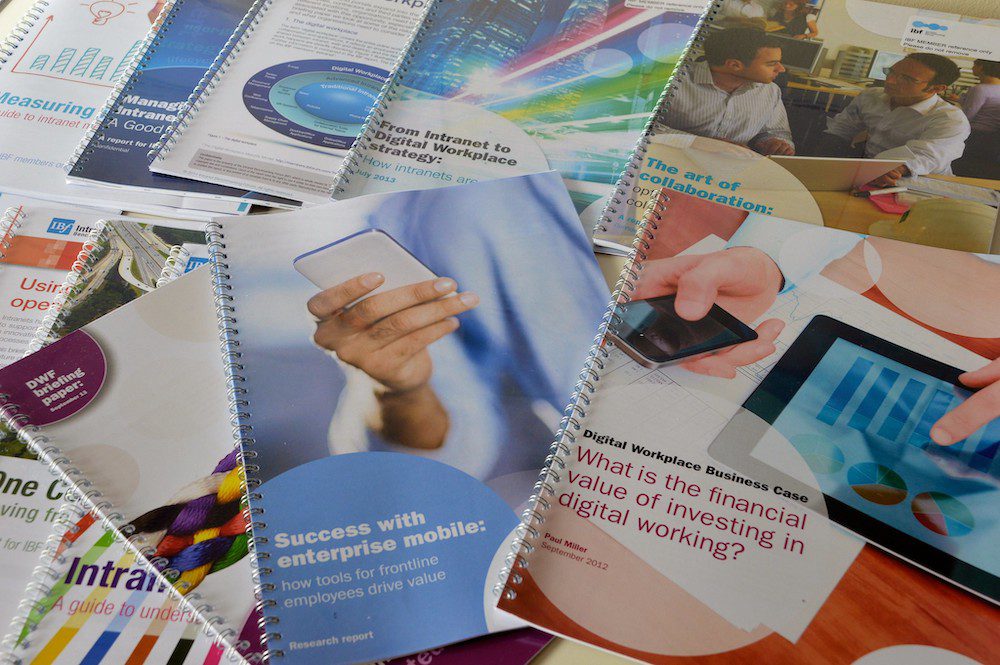

The remote live intranet tour is born
In another ‘moment that matters’, a planned meeting we were supposed to hold in person in 2007 at the offices of IBF member Nokia in Finland was, for reasons that escape me, cancelled. Instead, another member, Aviva, suggested that maybe we could try screen-sharing with Nokia through this new technology called Webex they had been using.
Twenty members logged into that Webex meeting and Cornelis Van de Brugge from Nokia shared his screen to guide us through the company’s intranet. It was extraordinary and liberating. We were all in our offices and homes but were ‘visiting Nokia remotely’ and I could feel the future happening. Live tours through desktop sharing, has been a core ingredient for us since that day.
IBF, and then DWG, has always been ready and keen to take risks and innovate. Having seen the Nokia screen share, I and our then Creative Lead, Paul Levy, had the crazy idea in 2008 of presenting a programme of tours like Nokia’s but over 24 hours – non-stop! It was an insane ambition that bizarrely worked. IBF24, as we called it – 24 hours of the world’s best intranets from wherever you are – used Microsoft technology to connect a global intranet community for the first time.
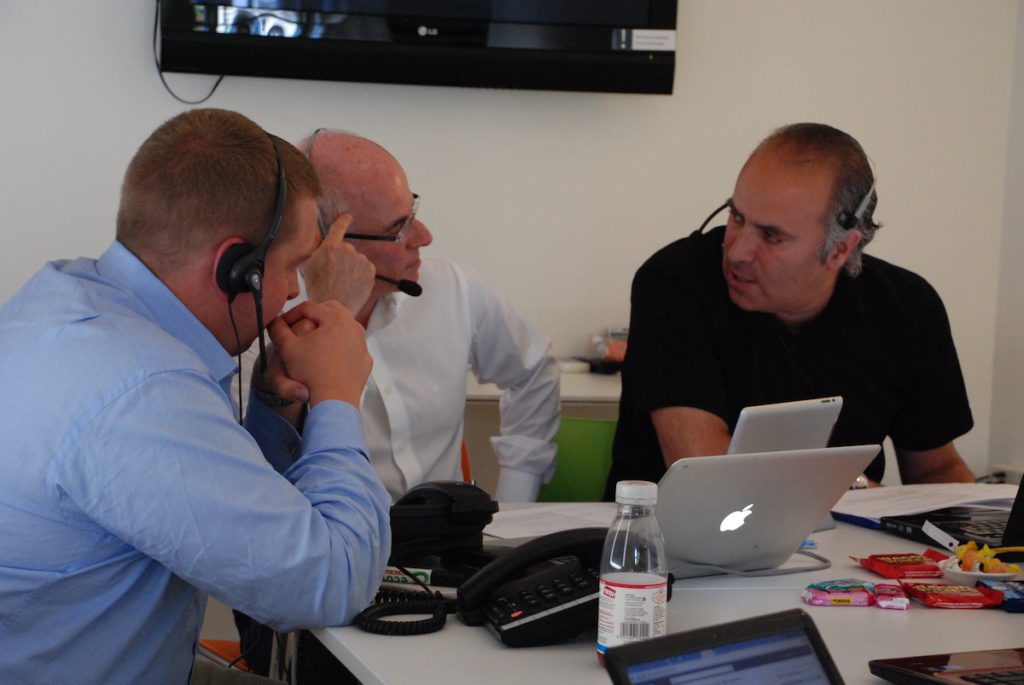

There was a point during the first ‘24’ – it was 3am in our ‘global studio’ in my back garden in London, and the financial services firm AMP was sharing its intranet from their offices in Sydney; we had 100 or so people tuned in watching and listening, along with some activity taking place in a new social media channel called Twitter – and, again, I thought ‘Wow, this is something new and I like it.’ There would be a further six IBF and later DWG 24s, spanning more than a decade.
Evolving from IBF to DWG
Two other memorable moments for me happened in New York City. In 2007, the so-far European-only IBF booked an event space in Manhattan and a handful of organizations came for a ‘taster’. IBM, Deloitte and JPMorgan Chase were among the attendees. By the end of the day we had launched IBF North America and had our first US-based members. Over time, the North American market grew from zero to become now 75% of our global revenue.
The other NYC experience was a much looser and funkier time altogether. By 2010, I had coined a new term ‘digital workplace’ to describe the digital world of work that included, but was not confined to, intranets. With my book The Digital Workplace: How technology is liberating work about to be published, we took over a loft space in New York and assembled some of our more pioneering members for a ‘design meeting’ lasting two days.
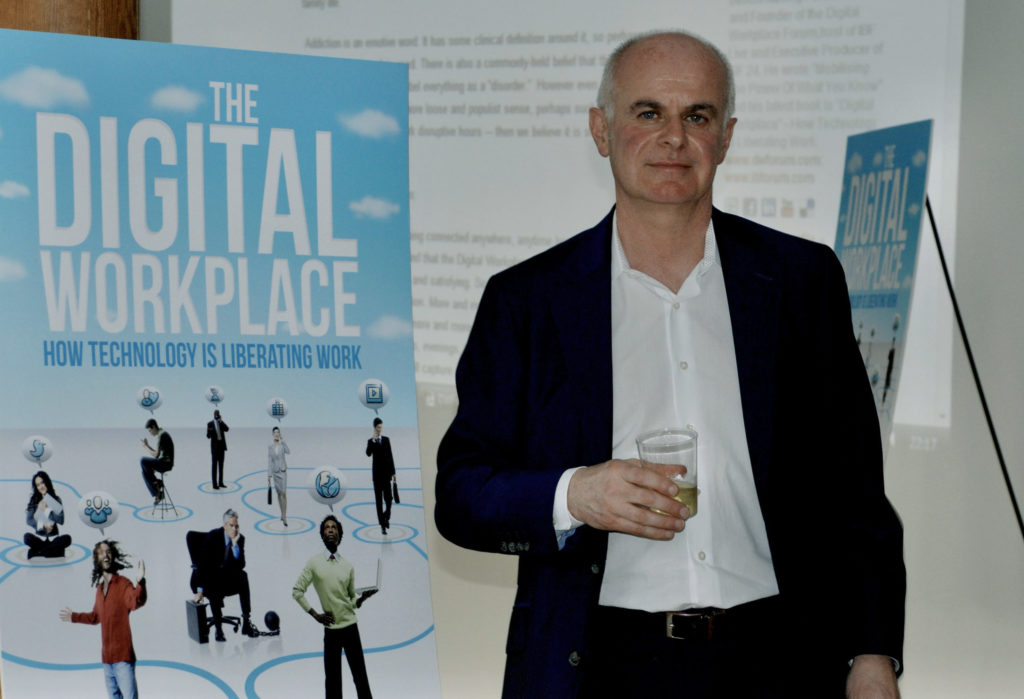

Long-standing DWG lead consultant Chris Tubb was drawing pictures on large charts of a new model that could measure the maturity of your digital workplace and the senior managers of advanced intranets in the room were on their feet adding to the model. That seminal meeting led to IBF becoming the Digital Workplace Group (DWG) the next year – and a new world of possibilities and growth ensued.
We innovate based on what we hear and when Julie Lakha left HSBC (where she had led their digital workplace services) in 2014, she told me that DWG ought to offer consulting services and that it had frustrated her that we could not help in that area when she was a member.
So, she then joined DWG and started our consulting practice. When, in 2021, ISG rated DWG in its top right quadrant as a market leader in DW consulting for the US Public Sector alongside Accenture, IBM and PwC, I could hear Julie saying: ‘I told you so!’. Consulting now accounts for half of all revenue and will continue to evolve from mostly being focussed on core digital workplace, to include more ‘people areas’ such as coaching, advisory and learning development support for the rapidly growing DW teams.
For me, the last 20 years are littered with so many other stories, anecdotes and experiences – the upside-down room at Adobe’s HQ in San José, Cisco’s Lab in Silicon Valley, being with UNHCR beside the water in Geneva for dinner…
But, as we mark 20 years – and as I see it, this first phase of our longer journey – a few consistent ingredients for success come to me:
- With the right people in the room, secure and confidential, you can imagine and design the digital future of work.
- Trust and reputation are at the heart of a strong community.
- Building a premium subscription model is much harder than it seems – many consultancies, both large and small, have tried and failed.
- You can learn and have fun at the same time.
- Listen to what people are saying – their challenges can inspire your next service offering.
- Being innovative and imaginative has its own dynamism.
In the next phase of our journey, we will stay true to our values and continue to be creative and smart. Our one-time head of marketing, Ephraim Freed (now with Meta/Facebook), devised our strapline ‘Don’t Journey Alone’. This captures the essence of what we do and who we are – and will remain our core belief.



Talk to us about…
… becoming a DWG memberMore about DWG Membership » |
Categorised in: → Working at DWG
